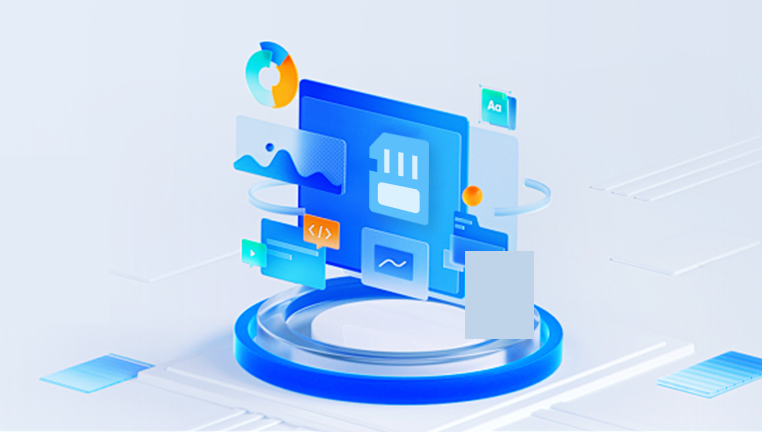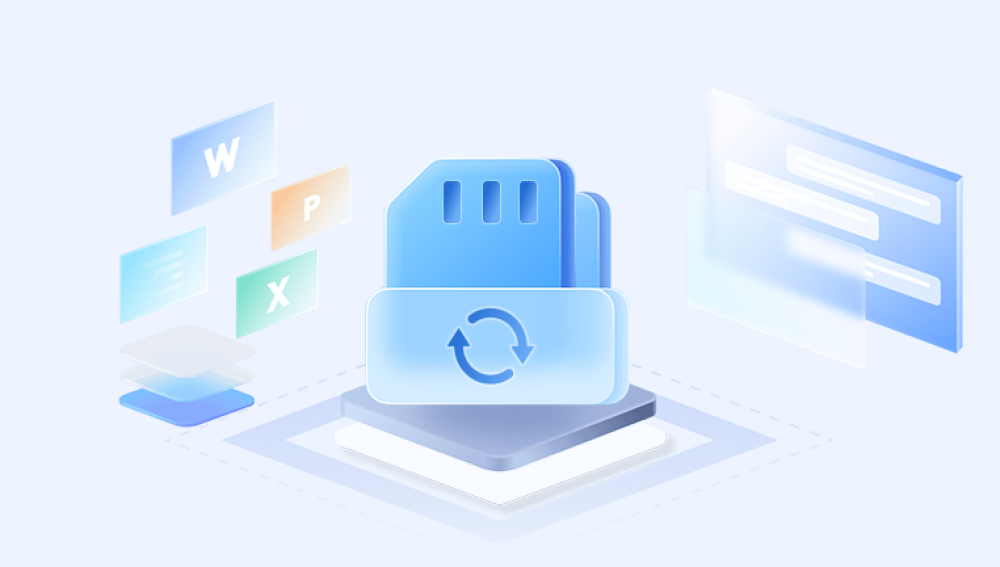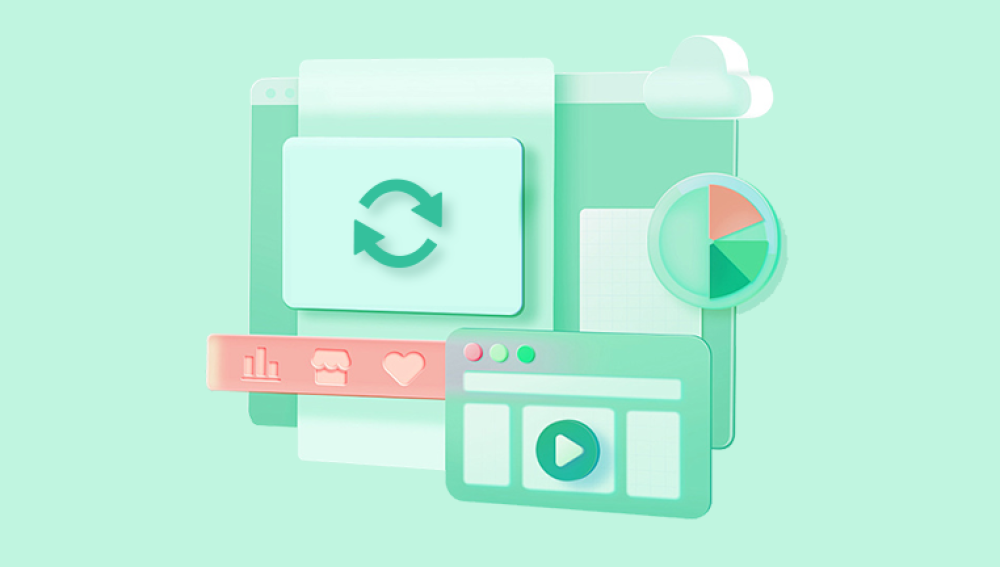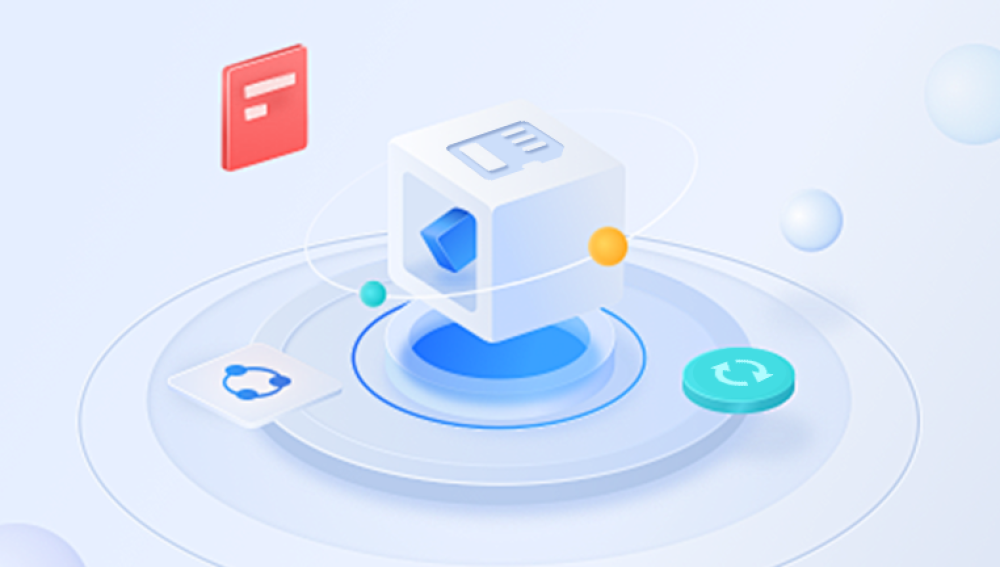They’re used in cameras, smartphones, dashcams, tablets, drones, and many other devices. But despite their usefulness, SD cards are highly susceptible to data loss.
Accidental Deletion – Files deleted from an SD card don’t immediately disappear; they remain on the card until overwritten.
Formatting – Quick formatting removes the file directory but leaves data intact, making recovery possible.
File System Errors – A corrupted or RAW SD card may become unreadable, requiring specialized tools to access its contents.
Virus or Malware – Malicious software can hide or delete files, sometimes altering the file system in the process.
Hardware Damage – Broken pins, controller failure, or electrical damage can prevent a card from being recognized.

While physical damage might need professional repair, most logical issues can be resolved using recovery software. And many of these tools are free.
What Makes a Good Free SD Card Recovery Tool?
Not all recovery tools are created equal. A good free SD card recovery tool should offer:
Support for common file types (images, videos, documents)
Compatibility with FAT16. FAT32. exFAT, and NTFS file systems
Deep scan functionality for damaged or formatted cards
Preview before recovery to identify files accurately
User-friendly interface for easy navigation
While free tools might have limitations such as capped recovery limits or fewer repair features they can be incredibly effective in many scenarios.
Top Free SD Card Recovery Tools
1. Drecov Data Recovery
Drecov Data Recovery is a trusted, user-friendly tool designed to help users recover lost or deleted files from SD cards without any cost. Whether you’ve accidentally deleted photos, formatted your SD card, or experienced a file system error, Panda provides a reliable way to retrieve your data quickly and efficiently.
What sets Panda apart is its clean interface and powerful scanning engine. The software supports all major SD card types, including microSD, SDHC, and SDXC, and works seamlessly with cards used in smartphones, cameras, drones, and tablets. It’s compatible with common file systems such as FAT16. FAT32. and exFAT, ensuring it can handle various card formats and file structures.
The recovery process with Panda is simple. Users just need to connect their SD card to a computer, launch the program, and choose between a quick scan for recently deleted files or a deep scan for more difficult recovery situations, such as formatted or corrupted SD cards. Once the scan is complete, Panda presents a preview of recoverable files, allowing users to selectively restore only what they need.
2. PhotoRec
Don’t be misled by the name—PhotoRec isn’t limited to photos. It’s a powerful open-source tool capable of recovering more than 480 file extensions, including documents and videos.
Key Features:
Supports a wide variety of file types
Works with FAT, exFAT, NTFS, ext2/ext3/ext4
Bypasses the file system to recover data directly
Runs on Windows, macOS, Linux
Totally free and open-source
PhotoRec uses signature-based recovery, which means it can retrieve files even from severely damaged or reformatted SD cards. However, its command-line interface may intimidate new users. Still, for those willing to learn, it’s one of the most powerful free tools available.
Best For: Advanced users, formatted or corrupted SD card recovery.
3. TestDisk
PhotoRec’s companion program, TestDisk, is more focused on partition recovery but can also be used for data restoration on SD cards with partition errors or corrupted file tables.
Key Features:
Repairs damaged partition tables
Recovers lost partitions and boot sectors
Works on Windows, macOS, Linux
Command-line interface
100% free and open-source
TestDisk is ideal when an SD card shows up as RAW or asks to be formatted. It helps restore the structure, making the data accessible again. Like PhotoRec, it requires technical knowledge but is very effective when used correctly.
Best For: Partition errors, RAW file systems, technical users.
4. Puran File Recovery
Puran File Recovery is a lesser-known but surprisingly capable free tool. It’s easy to use and supports a variety of file types and storage devices, including SD cards.
Key Features:
Deep scan with signature recognition
Supports FAT12/16/32 and NTFS
Filters by file type
Preview files before recovery
Compatible with Windows
This tool also includes an advanced scan mode that can detect deleted partitions and recover data. It lacks flashy design but compensates with function and simplicity.
Best For: Users who want a straightforward, no-frills recovery experience.
5. Disk Drill (Free Version)
Disk Drill offers a sleek interface and powerful scanning technology. Its free version recovers up to 500MB of data, making it suitable for small recovery jobs.
Key Features:
Supports all major file types and file systems
Intuitive interface with a preview function
Recovery vault to prevent future loss
Deep scan and quick scan
Works on Windows and macOS
Disk Drill's user experience is one of the best among free tools. It’s also a good stepping stone into paid recovery, should you need more than 500MB.
Best For: macOS users, recovering photos or small video clips.
6. EaseUS Data Recovery Wizard (Free Edition)
Another user-friendly option, the free version of EaseUS offers up to 2GB of data recovery and supports recovery from SD cards, USB drives, hard drives, and more.
Key Features:
Step-by-step recovery wizard
Preview before recovery
Supports formatted and inaccessible drives
FAT32. exFAT, NTFS compatible
Windows and macOS versions available
It’s ideal for recovering photos, videos, and documents from SD cards. While the free version has limits, it’s more generous than many competitors.
Best For: Users needing to recover a modest amount of data with minimal hassle.
7. Glary Undelete
Glary Undelete is a basic but functional tool perfect for simple recovery tasks. It supports standard file systems and offers a familiar interface.
Key Features:
Filters by file type, size, and date
Shows file recovery status (good, poor, overwritten)
Supports FAT and NTFS
Lightweight and fast
Its minimalism may appeal to users who want fast results without navigating complex menus. However, it lacks advanced scanning or deep recovery options.
Best For: Simple recovery tasks from non-damaged SD cards.
8. iCare Data Recovery Free
iCare’s free version offers standard file recovery and basic deep scanning for SD cards and other devices.
Key Features:
Quick and deep scan modes
Recovers photos, videos, audio, and documents
Supports various file systems
Simple interface
While the free edition lacks some of the advanced features of its premium counterpart, it can still effectively recover deleted files from SD cards under normal conditions.
Best For: General-purpose recovery with minimal complexity.
How to Recover Data Using a Free Tool
Regardless of which tool you choose, the basic recovery process is similar:
Stop Using the SD Card
Once you realize data is lost, immediately stop using the card to avoid overwriting deleted files.
Connect the SD Card to a Computer
Use a card reader or insert the SD card into a compatible slot.
Launch the Recovery Tool
Open the chosen program and select your SD card as the target.
Scan the SD Card
Choose between quick scan or deep scan depending on the severity of the loss.
Preview and Select Files
Once the scan completes, preview the recoverable files and choose what you want to restore.
Recover to a Safe Location
Always save recovered files to a different drive or device to avoid overwriting data.
Tips for Successful SD Card Recovery
Use Deep Scan for formatted or corrupted cards, as quick scans may not detect deeply buried files.
Do Not Save Files to the Same SD Card, which can overwrite other lost data.
Check File Integrity using the preview function, especially for videos and images.
Repeat Scans if Needed, particularly with tools that allow filtering by file type.
Use a Different Tool if one doesn't find your files—some are better at locating specific formats than others.
When Free Tools Aren’t Enough
Free tools work wonders in many cases, but they do have limits:
Recovery caps (500MB–2GB)
No support for heavily corrupted cards
Limited or no video repair options
Lack of support for specialized formats (e.g., GoPro, drone footage)
In such cases, consider upgrading to the paid version of your preferred tool or exploring professional data recovery services. Companies like Stellar, Recoverit, and Remo offer advanced capabilities including video repair, RAW recovery, and technical support.
Prevention: Avoiding SD Card Data Loss in the Future
To reduce the risk of future data loss:
Back up your SD card regularly to a computer or cloud service.
Avoid removing the card while in use (e.g., during file transfers or recording).
Format in the device, not on a computer, to avoid compatibility issues.
Use high-quality, brand-name SD cards that are less prone to failure.
Check write protection switches on SD card adapters before using them.
Losing data from an SD card doesn’t have to mean it’s gone forever. Thanks to powerful and accessible free SD card recovery tools, you can often retrieve lost photos, videos, documents, and more without spending a dime. Tools like Recuva and EaseUS offer simplicity and user-friendliness, while PhotoRec and TestDisk deliver advanced recovery for challenging scenarios.




